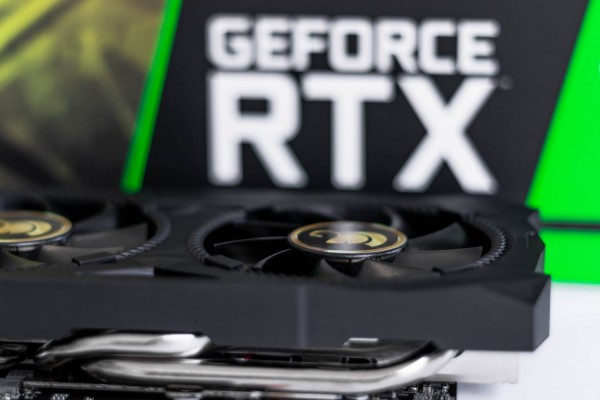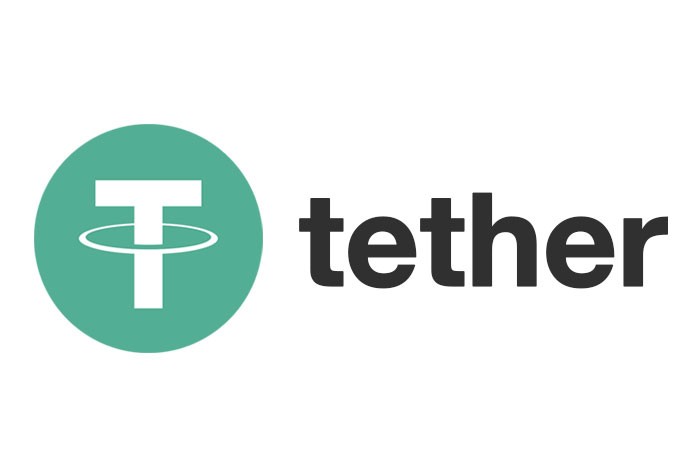Source: https://www.onesafe.io/blog/nft-sales-surge-metaverse-crypto-payroll
NFTs in the metaverse are showing a bit of a comeback. In August 2025, sales rose 27% from July, reaching around US$6.5 million in trading value. That’s slightly less than July’s US$6.7 million, but still a sign that people are still interested.
However, there are some twists. While overall sales are up, the number of unique buyers has dropped by 17%. Meanwhile, there are more sellers. So fewer people are buying, but some of them are buying bigger or more expensive NFTs. Also, the market value of all metaverse NFTs has grown, exceeding US$8 billion.
Metaverse platforms are also betting on long-term growth instead of just speculation. Platforms like Sandbox, Mocaverse, Otherside, and Decentraland are improving their infrastructure: upgrading engines, launching testnets, enabling AI tools, and holding big land auctions. These changes suggest the metaverse could become more stable and useful over time.
Another interesting trend is crypto payroll. Companies are using blockchain tools to pay workers in cryptocurrencies or stablecoins. Tools now allow paying many wallet addresses in one go, which simplifies things. For people working in or helping build virtual worlds, this can be useful. It aligns payment with how people engage in these digital spaces.
As I read this news I ask myself: Is this growth in NFT sales likely to last, or is it mostly driven by a few big buyers? What happens if the number of buyers keeps falling but sales stay high? Is that healthy for the market? For crypto payroll: what challenges are there (like regulation, stability, user trust)? Could it become a standard in metaverse jobs?
What do you think? Do you believe we are seeing the start of a stable, mature metaverse economy, or is this just another wave of hype?







